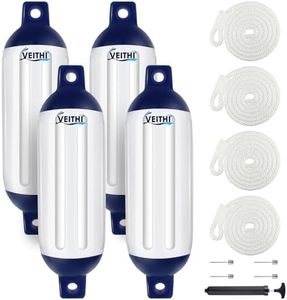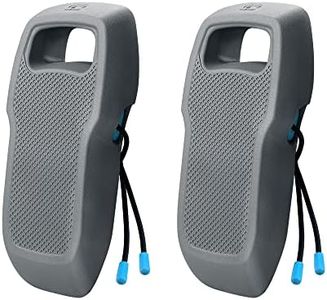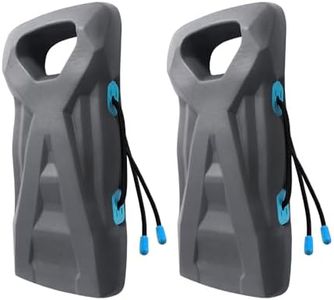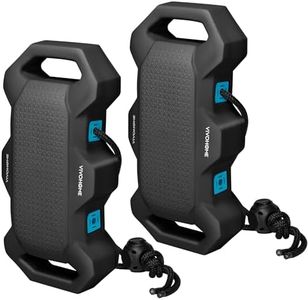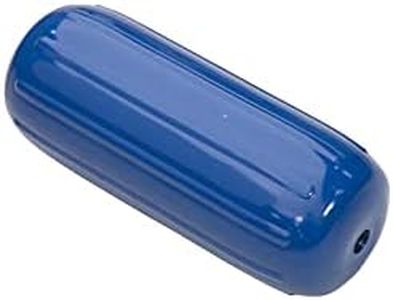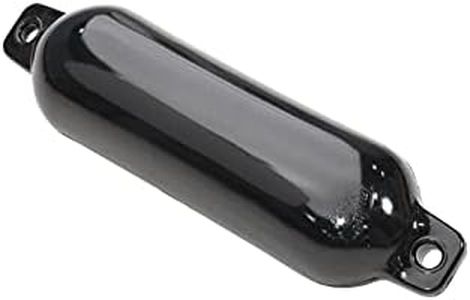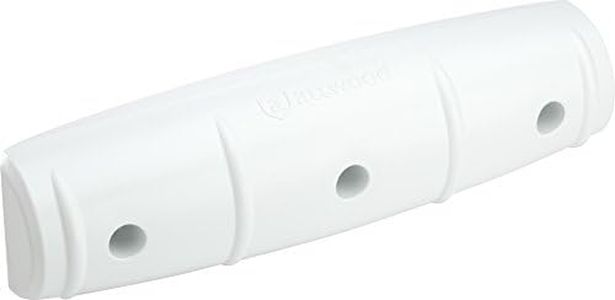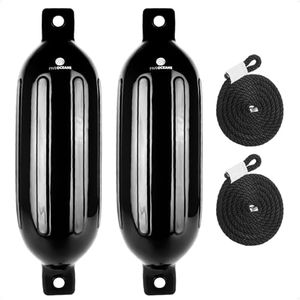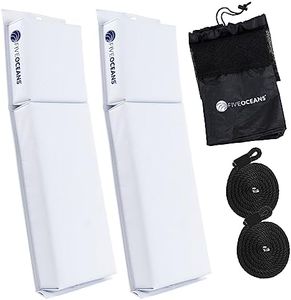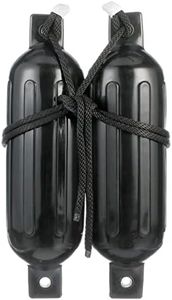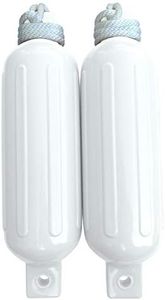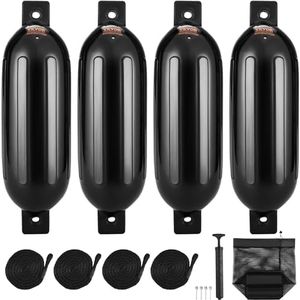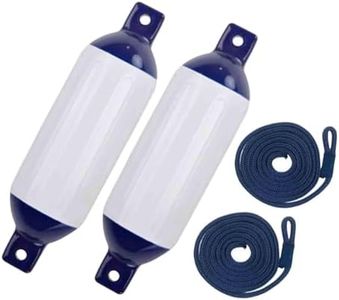We Use CookiesWe use cookies to enhance the security, performance,
functionality and for analytical and promotional activities. By continuing to browse this site you
are agreeing to our privacy policy
10 Best Boat Fenders
From leading brands and best sellers available on the web.Buying Guide for the Best Boat Fenders
Boat fenders are essential for protecting your boat’s hull from damage when it comes into contact with docks, pilings, or other boats. Picking the right fenders ensures your boat stays free from unsightly scratches or dents. To buy the best fit, you should understand different specifications that influence their protection and durability. Assess where and how you dock, the size of your boat, and the conditions you frequently encounter on the water.SizeThe size of a boat fender is crucial because it determines how much protection it can provide. Bigger and heavier boats require larger fenders, while smaller boats can often get by with compact ones. Generally, boats up to 10 feet long need fenders about 4 inches in diameter, while boats up to 35 feet might require fenders 8-10 inches thick. Assess your boat’s length and the environments you dock in—if you often moor in rough water or next to other large boats, err on the larger side to maximize protection.
ShapeFenders come in a variety of shapes, mainly cylindrical, round, or flat. Cylindrical fenders are common and versatile, ideal for most leisure boats. Round fenders offer more volume and are often used on larger or commercial vessels, especially in crowded marinas or turbulent areas. Flat fenders are suitable where space is limited or where a lighter, less bulky protector is needed. Choose the shape based on how and where you dock—consider the surfaces you protect your boat from and the storage space available.
MaterialBoat fenders are usually made from vinyl, PVC, or closed-cell foam. Vinyl and PVC fenders are air-filled and provide a good balance between weight and impact absorption, making them popular for recreational use. Closed-cell foam fenders don’t require inflation and offer durability, ideal for commercial or very frequent use. Think about your maintenance preferences and how often you use your boat—choose a material that matches the kind of protection and convenience you need.
Attachment methodFenders need to be easily attached and adjusted to your boat. Some have built-in eyes or holes at the ends, while others come with straps or lines. The placement and type of attachment affect how securely the fender stays in place, especially in changing wind or current. If your docking situation changes or you lend your boat to others, choose fenders with easily adjustable attachment options.
ColorWhile color might seem aesthetic, it also has practical implications for cleaning and maintenance. Lighter fenders can show dirt, algae, or abrasion marks more readily, while darker ones can fade due to sun exposure. If you want your fenders to look clean longer or match your boat, choose accordingly, but remember that performance is not affected by color.
